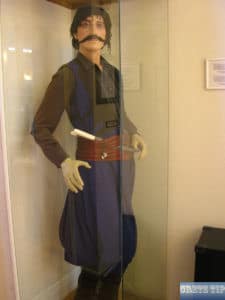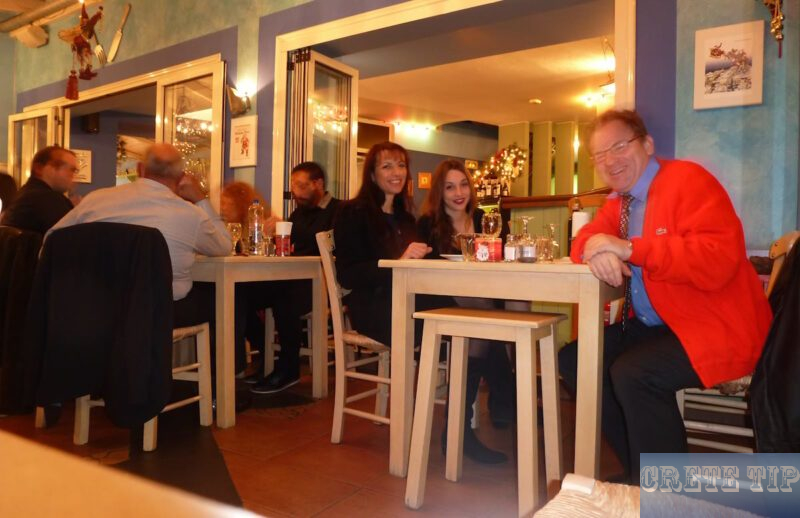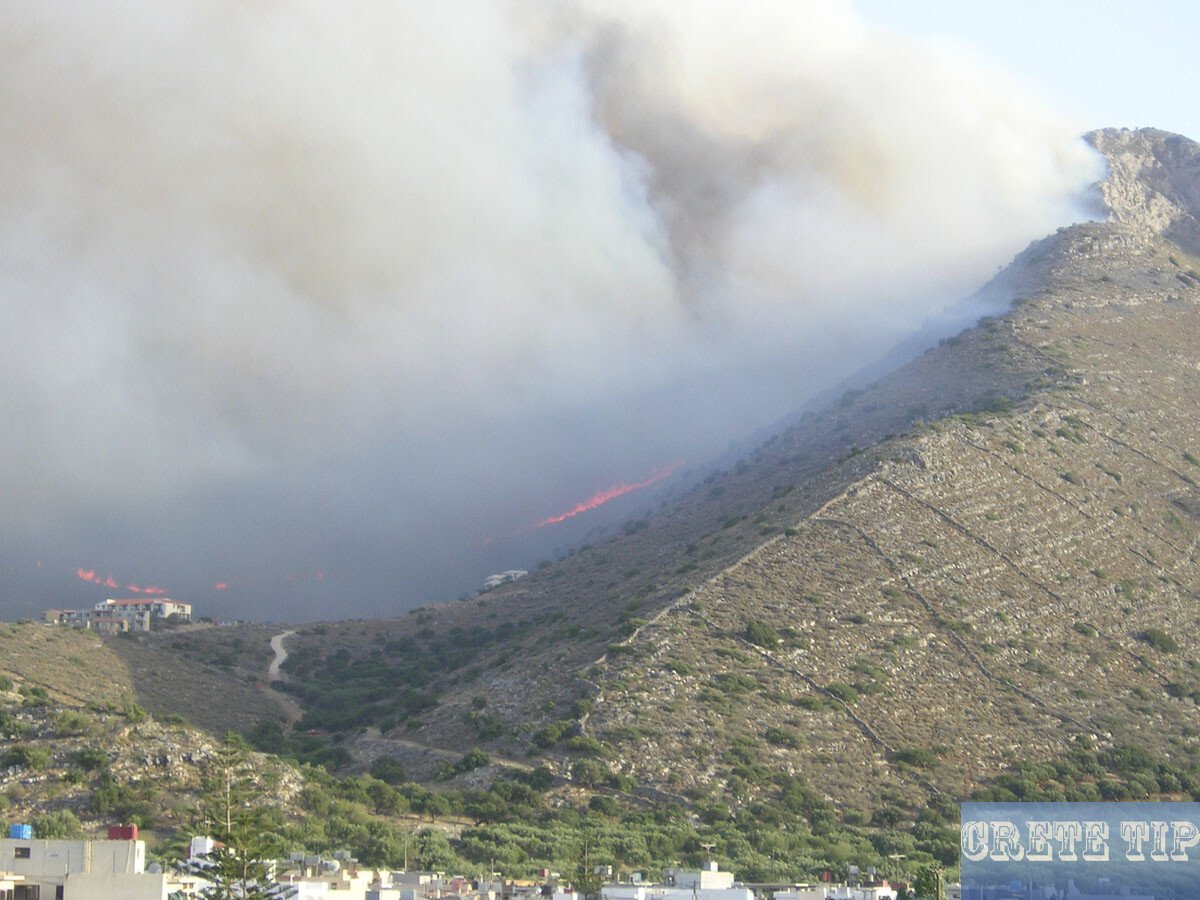Folklore, traditional dances and costumes, festivals and celebrations in Crete.
This extended character trait of the island shows its original form only outside the cities and should not be expected in the centers of tourism.
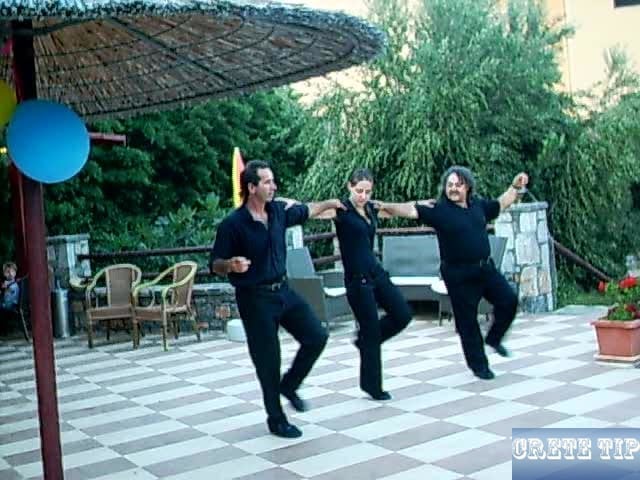
Folklore on Crete
Crete has a rich landscape with a great aura and its inhabitants have an extended, proud and masculine character and, in certain areas, the heart of small children who welcome all foreigners with love and kindness.
But this extended character trait, with its great wealth of folklore, shows its original form only outside the big cities of the island and should not be expected in the centers of tourism because there the cosmopolitan influences had distorted this image.
Nowadays, when the villages grow and turn into small, modern towns, the original elements of folklore practically exist unadulterated just in the smaller villages at the sea coast, the mountain villages and some remote communities.
The people there are still busy with traditional crafts such as weaving. Even today village weavers are processing sheep wool, making blankets, tablecloths, embroidered traditional Cretan costumes, lace and other embroidery from linen and silk on the loom or by knitting and crocheting.
Other notable crafts are woodworking, which has a long tradition through history and beyond. The pottery also belongs here, which is mainly located in the area of Rethymno and the village of Margarites, but also in other villages. The pottery craftsmanship is still carried out in the old traditional way on the wheel, just as in the time of the Minoans.
The real Cretan traditional costume for men is a unique work of folk craftsmanship with its famous riding trousers, faceted blue felt, embroidered vest, black silk head and white shoes or boots.
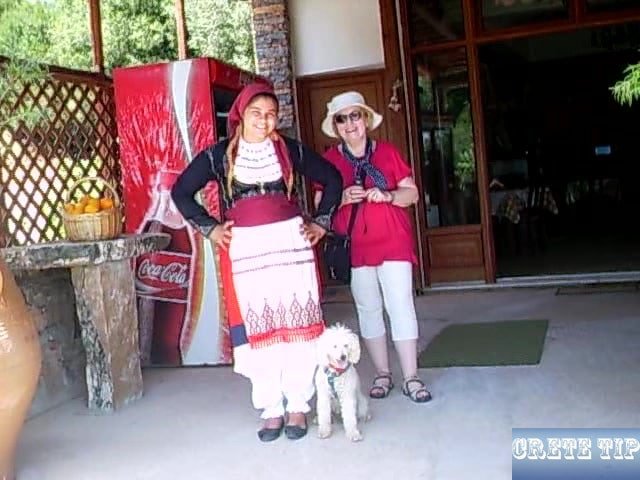
But there is also the formal costume for women, the ‘Soforia’, the wide trousers (‘Vraka’), the voluminous red or white skirt (‘Srtza’), a vest or an embroidered, sleeveless bolero, silk shirt and a silk scarf.
The memory of traditional literature can be found in the fairy tales, the songs, and especially in the ‘Mantinaden’ and ‘Rizitika’ songs of the Cretan people.
Undoubtedly the most characteristic aspect of folk tradition is the dance, which contains everything from the grandeur of the Cretan soul. The dances (‘Pidichtis’, ‘Syrtos’, ‘Pentozales’ and ‘Sousta’) are accompanied by the traditional Cretan musical instrument, the Lyra, and have triumphant, invigorating moments of joy and happiness, but also of struggle and even darkness moments of death.
Video of Cretan folklore dances
Oxi Day
The Oxi (No) Day on Crete.
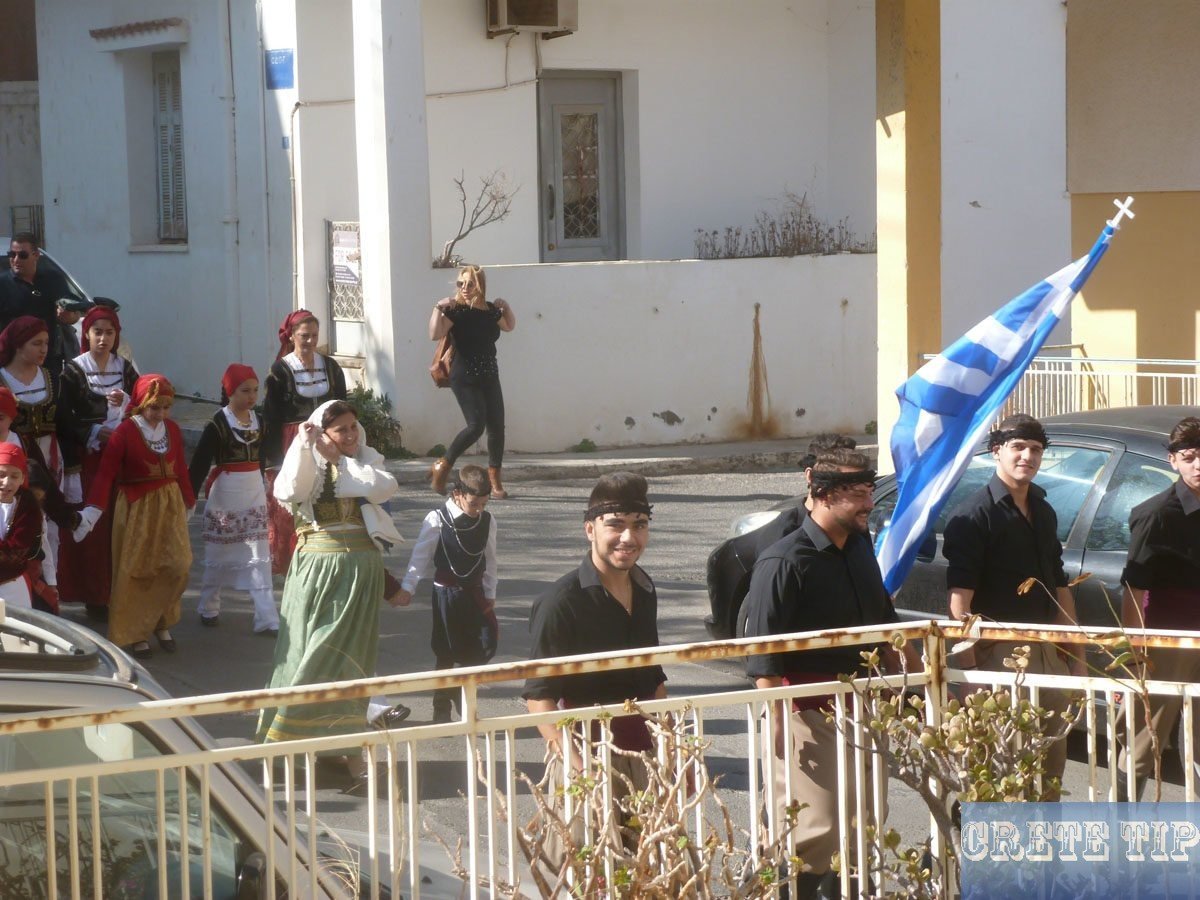
October 28th is a national holiday throughout Greece and at the same time the annual tourist season comes to an end.
Greek Oxi Day, also spelled ‘Ohi’ Day, is a significant national holiday in Greece celebrated annually on October 28th. The day commemorates a pivotal moment in Greek history during World War II when Prime Minister Ioannis Metaxas defiantly refused an ultimatum from Italian dictator Benito Mussolini in the early morning hours of October 28, 1940.
On 28 October 1940 the Greek dictator Metaxas rejected Mussolini’s ultimatum with a short Oxi (No), after which the Italian army attacked Greece from Albania.
This soon ended in a severe Italian defeat and forced Hitler to go on the Balkans campaign half a year later.
The word ‘Oxi’ (Όχι) means ‘No’ in Greek, symbolizing Metaxas’ rejection of the Axis powers’ demand for Greece to allow Italian troops to enter the country. This brave stance effectively marked Greece’s entry into World War II on the side of the Allies.
Oxi Day is more than just a historical commemoration; it has become a celebration of Greek courage, national pride, and resistance against oppression. The holiday is marked by various festivities throughout Greece and in Greek communities worldwide, including:
– Military and student parades
– Flag-raising ceremonies
– Wreath-laying at war memorials
– Cultural events and exhibitions
For Greeks, Oxi Day serves as a reminder of their nation’s valor and determination in the face of adversity. It’s a time to reflect on the sacrifices made by previous generations and to honor the spirit of resistance that has become an integral part of Greek identity.
Holidays on Crete
1st January: ‘Protochronide’ (New Year’s Day)
6th January: ‘Thefania’ (Epiphany)
February (40 days before Easter): ‘Kathari Deftera’ (beginning of fasting on the ‘Pure Monday’)
25th March: ‘Ethniki Yorti Ikostis Pemptis Martiou’ (Independence Day)
March or April: ‘Megali Paraskevi’, ‘Pascha Anastassi’ (Good Friday and Easter)
1st May: ‘Ergatiki Protomagia’ (Labor Day)
May or June: ‘Pentikost’ (Whitsun)
15th August: ‘Koimissis tis Theotokou’ (Mary Dedication)
October 28th: ‘Epetios tou Ochi’ (Ochi Day, Italian attack on Greece 1940). Usually also the end of the tourism season, where most hotels, restaurants and shops close.
8th November: Moni Arkadi (Cretan National Day)
25th and 26th December: ‘Christougenna’ (Christmas). There are typically no festivities on 24th December and also no presents until the next morning.
Attention: If a holiday falls on a weekend, most employees are free on the first following working day, authorities and offices are closed and as many shops.
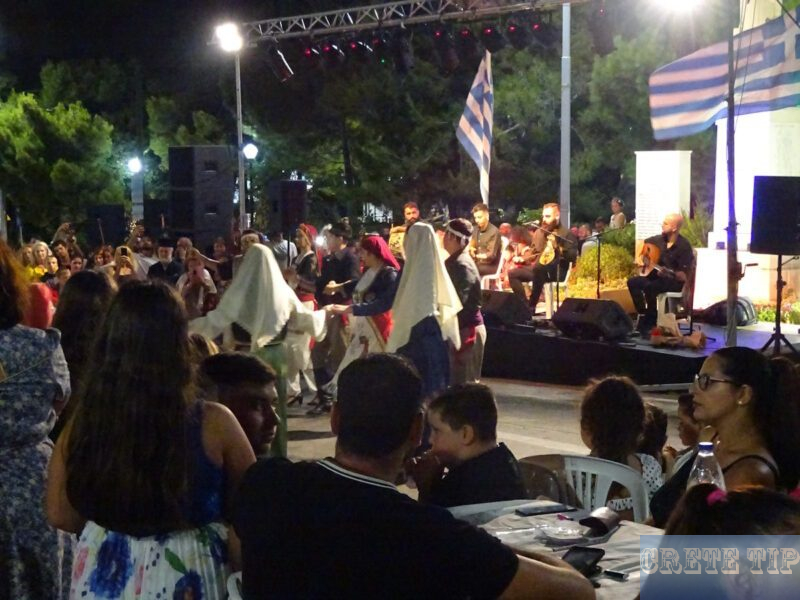
Festivities in Crete
7th January: ‘Prodromos’ (John the Baptist)
23rd April: Saint George
Greek orthodox Easter celebrations
8th May: John the Theologian
21st May: Constantine and Helena
24th June: Birth of John the Baptist (Solstice)
29th June: Peter and Paul
6th August: Transfiguration of Christ (celebration on the Jouchtas)
15th August: The Annunciation. Great holiday (and also official holiday) in numerous monasteries and Neapoli.
25th August: Titus Day. Great procession in Heraklion in honor of the patron saint and first bishop of Crete.
29th August: Decapitation of John the Baptist (two-day festival on the Rodopou peninsula).
31st August: Feast of the Virgin Mary (especially on the Lasithi Plateau).
14th September: Cross-raising (on the Psiloritis in the Ida Mountains and the Afendis Stavromenos in the Thripti Mountains)
7th October: John the Hermit (Feast and procession of Moni Gouverneto to the cave of the hermit)
11th November: Saint Minas (patron saint of Heraklion, procession at the Minas churches).
6th December: Saint Nicholas (patron saint of the port and children, important feast in the same name Aghios Nikolaos)
There are also many Holy and Martyr memorial festivals on their name days, which are celebrated in the patronage churches, monasteries and even small chapels. Often there is a folk festival, food and drinks, music and dancing after the service.

